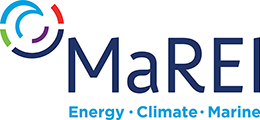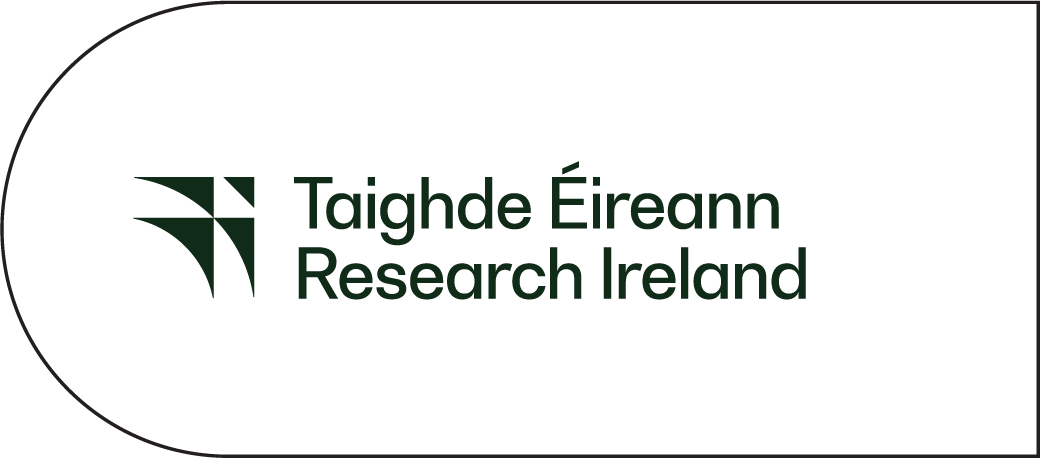
A new research paper investigates hydrogen blending with natural gas as a decarbonization approach for a steel facility in Europe
A new research paper from MaREI at University College Cork investigating hydrogen blending with natural gas as a decarbonization approach for a steel facility in Europe, focusing on the part of a melt-shop.
Congratulations to Mohamed Mostafa, Dr Dominic O’ Sullivan, Dr Ken Bruton, Arman Ashabi and Dr Andriy Hryshchenko on the paper titled “Hydrogen blending for partial decarbonisation in a steel melt-shop: A year-long comprehensive analysis across multiple scenarios,” has been published in Elsevier’s Energy Conversion and Management: X journal as part of the FLEX4FACT project. This research investigates hydrogen blending with natural gas as a decarbonization approach for a steel facility in Europe, focusing on the part of a melt-shop.
Key insights include:
– The potential of hydrogen blending to significantly reduce carbon emissions in steel production.
– How do technical and economic variables impact hydrogen production costs?
– The role of electricity price variations in determining the economic feasibility of hydrogen integration.
The study highlights hydrogen’s potential as a sustainable alternative to traditional fuels like natural gas and coke, showcasing its ability to lower greenhouse gas emissions dramatically. Moreover, carbon taxes and pricing mechanisms are vital policy tools to drive greenhouse gas reduction in industrial sectors like steel production. By imposing a price on carbon emissions, carbon taxes create a financial incentive for companies to adopt cleaner technologies and practices, such as transitioning to green hydrogen as a reducing agent. A detailed techno-economic analysis further underscores the feasibility and benefits of green hydrogen adoption, emphasizing the importance of innovative strategies to address industrial environmental challenges.






